Frozen Chosin: U.S. Marines At The Changjin Reservoir [Illustrated Edition]
Nonfiction, History, Asian, Korean War, Military, India| Author: | Brigadier General Edwin H. Simmons | ISBN: | 9781786256089 |
| Publisher: | Normanby Press | Publication: | November 6, 2015 |
| Imprint: | Normanby Press | Language: | English |
| Author: | Brigadier General Edwin H. Simmons |
| ISBN: | 9781786256089 |
| Publisher: | Normanby Press |
| Publication: | November 6, 2015 |
| Imprint: | Normanby Press |
| Language: | English |
Includes more than 40 maps, plans and illustrations.
This volume in the official History of the Marine Corps chronicles the part played by United States Marines in the Chosin Reservoir Campaign.
The race to the Yalu was on. General of the Army Douglas MacArthur’s strategic triumph at Inchon and the subsequent breakout of the U.S. Eighth Army from the Pusan Perimeter and the recapture of Seoul had changed the direction of the war. Only the finishing touches needed to be done to complete the destruction of the North Korean People’s Army. Moving up the east coast was the independent X Corps, commanded by Major General Edward M. Almond, USA. The 1st Marine Division, under Major General Oliver P. Smith, was part of X Corps and had been so since the 15 September 1950 landing at Inchon.
After Seoul the 1st Marine Division had reloaded into its amphibious ships and had swung around the Korean peninsula to land at Wonsan on the east coast. The landing on 26 October 1950 met no opposition; the port had been taken from the land side by the resurgent South Korean army. The date was General Smith’s 57th birthday, but he let it pass unnoticed. Two days later he ordered Colonel Homer L. Litzenberg, Jr., 47, to move his 7th Marine Regimental Combat Team north from Wonsan to Hamhung. Smith was then to prepare for an advance to the Manchurian border, 135 miles distant. And so began one of the Marine Corps’ greatest battles—or, as the Corps would call it, the “Chosin Reservoir Campaign.” The Marines called it the “Chosin” Reservoir because that is what their Japanese-based maps called it. The South Koreans, nationalistic sensibilities disturbed, preferred—and, indeed, would come to insist—that it be called the “Changjin” Reservoir.
Includes more than 40 maps, plans and illustrations.
This volume in the official History of the Marine Corps chronicles the part played by United States Marines in the Chosin Reservoir Campaign.
The race to the Yalu was on. General of the Army Douglas MacArthur’s strategic triumph at Inchon and the subsequent breakout of the U.S. Eighth Army from the Pusan Perimeter and the recapture of Seoul had changed the direction of the war. Only the finishing touches needed to be done to complete the destruction of the North Korean People’s Army. Moving up the east coast was the independent X Corps, commanded by Major General Edward M. Almond, USA. The 1st Marine Division, under Major General Oliver P. Smith, was part of X Corps and had been so since the 15 September 1950 landing at Inchon.
After Seoul the 1st Marine Division had reloaded into its amphibious ships and had swung around the Korean peninsula to land at Wonsan on the east coast. The landing on 26 October 1950 met no opposition; the port had been taken from the land side by the resurgent South Korean army. The date was General Smith’s 57th birthday, but he let it pass unnoticed. Two days later he ordered Colonel Homer L. Litzenberg, Jr., 47, to move his 7th Marine Regimental Combat Team north from Wonsan to Hamhung. Smith was then to prepare for an advance to the Manchurian border, 135 miles distant. And so began one of the Marine Corps’ greatest battles—or, as the Corps would call it, the “Chosin Reservoir Campaign.” The Marines called it the “Chosin” Reservoir because that is what their Japanese-based maps called it. The South Koreans, nationalistic sensibilities disturbed, preferred—and, indeed, would come to insist—that it be called the “Changjin” Reservoir.
![Cover of the book Frozen Chosin: U.S. Marines At The Changjin Reservoir [Illustrated Edition] by Brigadier General Edwin H. Simmons, Normanby Press](https://www.kuoky.com/images/2015/november/500x500/9781786256089-Tlmg_500x.jpg)
![Cover of the book STORY OF THE CAMPAIGN OF SEBASTOPOL: Written In The Camp [Illustrated Edition] by Brigadier General Edwin H. Simmons](https://www.kuoky.com/images/2014/august/300x300/9781782895527-L2rU_300x.jpg)
![Cover of the book Fight For The Flags [Illustrated Edition] by Brigadier General Edwin H. Simmons](https://www.kuoky.com/images/2015/november/300x300/9781786255280-gSR6_300x.jpg)

![Cover of the book Thiet Gap! The Battle Of An Loc, April 1972. [Illustrated Edition] by Brigadier General Edwin H. Simmons](https://www.kuoky.com/images/2014/august/300x300/9781782893844-YLYK_300x.jpg)
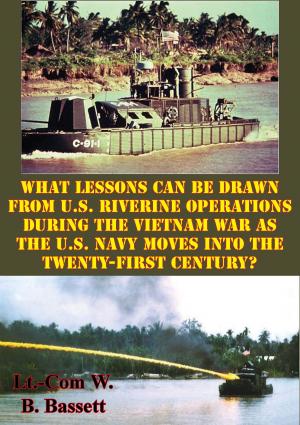

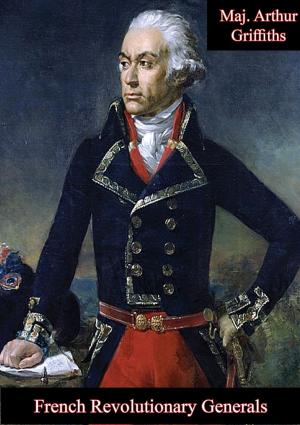
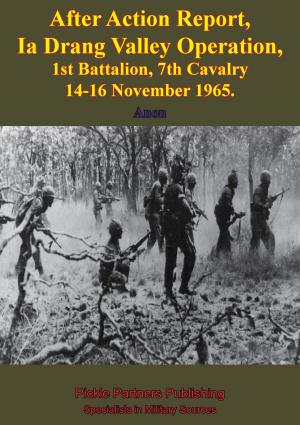
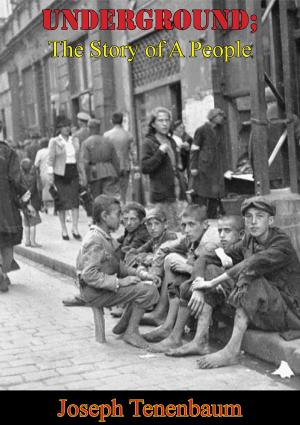

![Cover of the book U.S. Marine Operations In Korea 1950-1953: Volume V - Operations In West Korea [Illustrated Edition] by Brigadier General Edwin H. Simmons](https://www.kuoky.com/images/2015/november/300x300/9781786254306-vY0V_300x.jpg)
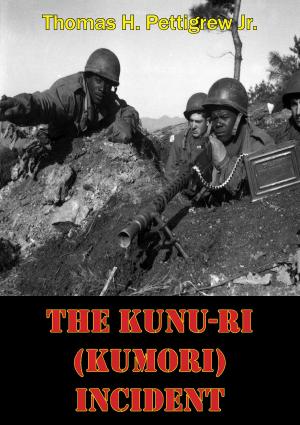
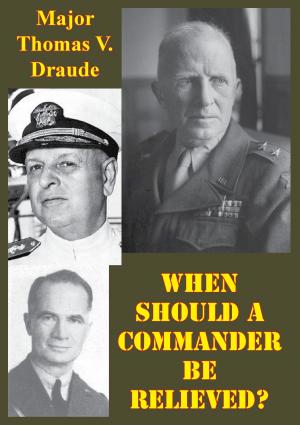
![Cover of the book Linebacker II: A View From The Rock [Illustrated Edition] by Brigadier General Edwin H. Simmons](https://www.kuoky.com/images/2014/august/300x300/9781782898979-mTjo_300x.jpg)
![Cover of the book History Of The Indian Mutiny Of 1857-8 – Vol. IV [Illustrated Edition] by Brigadier General Edwin H. Simmons](https://www.kuoky.com/images/2014/june/300x300/9781782892106-DBaK_300x.jpg)